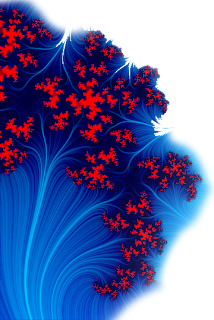Using Intimate Media to Parallel Traditional Compassion Development Methods with Implications for Ambient Intelligence
Introduction
(some note on importance culturally/socially and technologically/scientifically. more to come.)
The generation of a compassionate mood rests in two dimensions: concern and intimacy. Concern can also be called caring or more specifically empathic concern. Intimacy can also be understood as the level of connectedness one person feels with another or with the process itself of compassion development. Therefore, it must be taken into account that intimacy in this case refers to both the nature of the media presented for constructive reflection and the space or environment in which it is presented. Both have implications for research design.
Neurologically, it is interesting to note that the very mechanism which allows us to function in everyday life by allowing us to realize that others can hold views contradictory to our own, called the Theory of Mind, keeps human beings from fully being able to see another as self. This separation, key to social development and lacking in autistic individuals, provides a boundary that cannot be overcome. Complete autonomous functioning would then be the other extreme of the connectedness spectrum.
(some note on importance culturally/socially and technologically/scientifically. more to come.)
The generation of a compassionate mood rests in two dimensions: concern and intimacy. Concern can also be called caring or more specifically empathic concern. Intimacy can also be understood as the level of connectedness one person feels with another or with the process itself of compassion development. Therefore, it must be taken into account that intimacy in this case refers to both the nature of the media presented for constructive reflection and the space or environment in which it is presented. Both have implications for research design.
Neurologically, it is interesting to note that the very mechanism which allows us to function in everyday life by allowing us to realize that others can hold views contradictory to our own, called the Theory of Mind, keeps human beings from fully being able to see another as self. This separation, key to social development and lacking in autistic individuals, provides a boundary that cannot be overcome. Complete autonomous functioning would then be the other extreme of the connectedness spectrum.



Comments